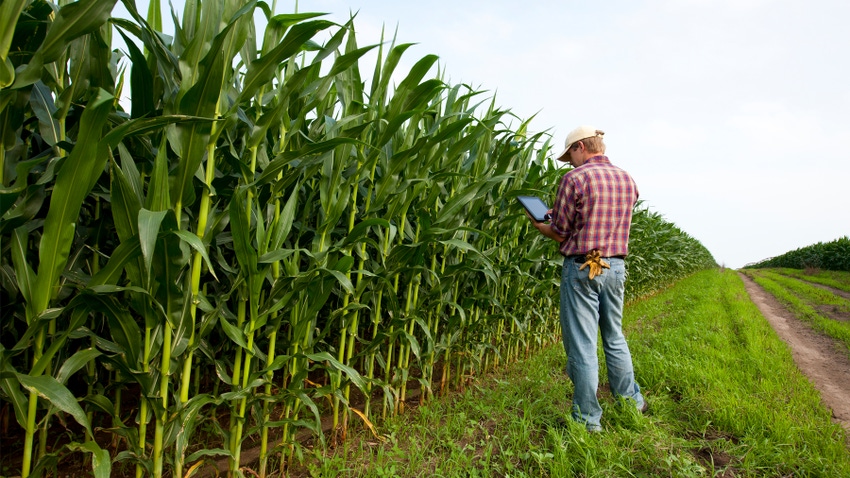February 2, 2024

by Cory Walters
Uncertain yields or prices, along with the large financial investment typical in farm operations, increase financial risk exposure.
Solutions exist allowing producers to manage financial exposure while simultaneously being able to financially gain during good yield or price years. Solutions require focusing on proactive risk management strategies, along with a strong understanding of how the system works.
By taking a proactive approach, the decision-maker can focus on containing exposure — i.e., the range (distribution) of possible financial outcomes. To understand the system, we must clearly understand risk exposure, financial tools that mitigate risk, and the resulting distribution of financial outcomes when linking risk exposure and risk mitigation financial tools.
Making better decisions
Improving our understanding of risk exposure when using risk mitigation financial tools also leads to a clearer decision environment, leading to better farm decisions overall. But how do we think about risk management through the lens of controlling the distribution of outcomes while having a clear understanding of how the system works?
Risk management decision-making operates in a complex environment, often leading to aggravation. To limit aggravation, we must simplify how we think about risk. Here are a couple of ideas to help clarify the decision-making process.
First, take a proactive approach to managing unknown outcomes, i.e., you do not wait until after the problem happens to make decisions. But you can contain outcomes, allowing you to know your exposure.
Second, “it is difficult to make predictions, especially about the future,” as baseball Hall of Famer Yogi Berra said. That means that we do not know what our farm yields and fall prices will be — no matter what you think.
Third, last year is exactly that, last year — consisting of one observation. You are focusing on the upcoming year with a wide range of unknown yields and prices.
Fourth, you are in production agriculture for the long run, meaning you view results over time, not yearly.
Risk exposure
Risk exposure represents the portion of yields or prices that are financially unfavorable and rare. For yields, think about outcomes from a drought or a wind-hail event. For prices, think about the low prices that you have observed.
Then for both yields and prices, think about values half of what you are considering. These values represent your risk exposure. Put these values into your net income equation.
Financial tools
We can consider a simple example: adding crop insurance to the farmer’s portfolio. While there are many types of crop insurance policy options, we are considering Revenue Protection (RP) at 80% coverage level and enterprise units. We select RP as this contract relies upon farm yields.
The second reason would be that RP also insures revenue. Purchasing crop insurance rearranges financial outcomes due to indemnities (payments from the insurance company to the farmer) and premiums.
In other words, the purchaser of the crop insurance policy operates in a different net income (revenue-costs) distribution than someone who does not purchase crop insurance. The key lies in understanding the distribution and to use this information to your advantage.
Connecting exposure and financial tools
Adding crop insurance rearranges financial outcomes. Understanding the resulting financial exposure and using this to make strategic decisions represents the new world producers operate in. Adding crop insurance (RP at 80% coverage level) to the portfolio rearranges financial outcomes.
Now, risk exposure changes from about -$400 per acre to about $0. Crop insurance provides users with a remarkable change in the decision environment by limiting losses. In our analysis, when there are good yield or price outcomes, the financial outcomes between purchasing and not purchasing crop insurance are similar and only differ by the insurance premium.
Financial risk management decision-making should focus on understanding and rearranging exposure. Use the resulting exposure to further improve other facets of your farm operation. Strategically using the value of risk management tools can further improve farm finances.
I showed the value of crop insurance as crop insurance is easy to model. Other risk management decisions can further rearrange exposure, such as preharvest hedging and the farm bill. Exposure can also be managed with other financial tools such as working capital.
Walters is a Nebraska Extension grain economist.
Read more about:
Risk ManagementYou May Also Like




